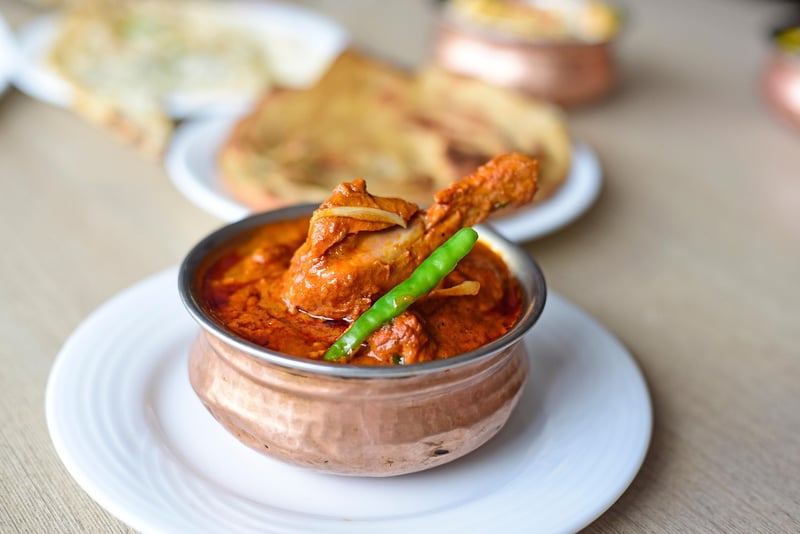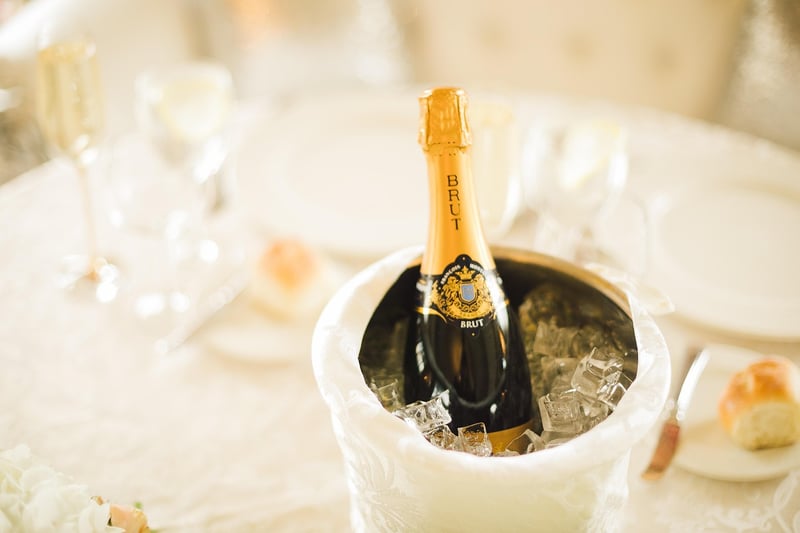Historical Gastronomy
Exploring the Roots of Food: A Journey into Historical Gastronomy
Food is not merely sustenance; it is a reflection of culture, history, and tradition. Delving into the roots of food allows us to uncover fascinating insights into how civilizations evolved, traded, and interconnected through gastronomy. Let's embark on a journey through historical gastronomy to discover the origins of our favorite dishes and culinary practices.
The Origins of Culinary Traditions
From the spice routes of ancient civilizations to the fusion of flavors during the Age of Exploration, culinary traditions have been shaped by a myriad of influences. Each dish carries a story that speaks of migration, conquest, and cultural exchange.
Ancient Civilizations and Culinary Practices
Ancient civilizations such as the Egyptians, Greeks, and Romans laid the foundation for modern gastronomy. The Egyptians introduced the world to bread and beer, while the Greeks celebrated the art of feasting with elaborate banquets. Roman cuisine, with its focus on lavish meals and exotic ingredients, influenced culinary practices across Europe.
The Spice Routes and Global Trade
The spice routes of the Middle Ages connected the East and the West, bringing exotic flavors like cinnamon, pepper, and cloves to European tables. These prized spices not only enriched dishes but also sparked exploration and trade that shaped world history.
Exploring Historical Recipes
Unearthing historical recipes offers a glimpse into the culinary customs of bygone eras. From medieval feasts to colonial cooking, these recipes provide a tangible link to the past and allow us to recreate flavors from centuries ago.
Medieval Banquets and Royal Feasts
Medieval banquets were extravagant displays of wealth and power, featuring dishes like roasted meats, spiced wines, and intricate pastries. These feasts were not only culinary events but also social gatherings that reinforced hierarchies and alliances.
Colonial Cuisine and Fusion Flavors
Colonial cuisine emerged from the blending of indigenous ingredients with those brought by explorers and settlers. Dishes like the Peruvian ceviche or the Indian vindaloo reflect the fusion of flavors that occurred during the age of colonization.
Preserving Culinary Heritage
As we celebrate modern gastronomy, it is essential to preserve and honor our culinary heritage. By understanding the roots of food and historical gastronomy, we can appreciate the diversity of flavors and techniques that have enriched our plates through centuries.
Join us on this culinary journey through time, where each dish tells a story of resilience, creativity, and the shared human experience.


For more culinary inspiration and historical recipes, visit History.com.
